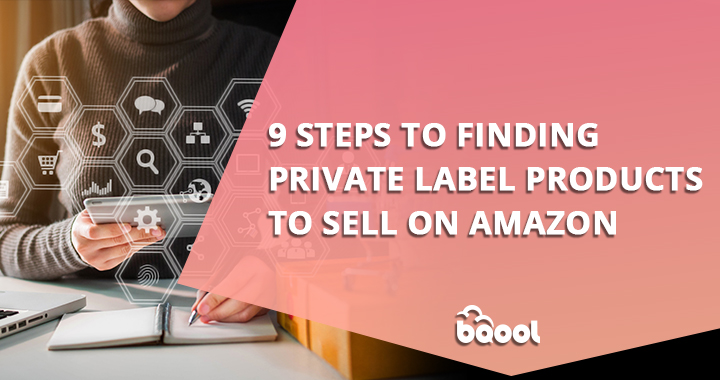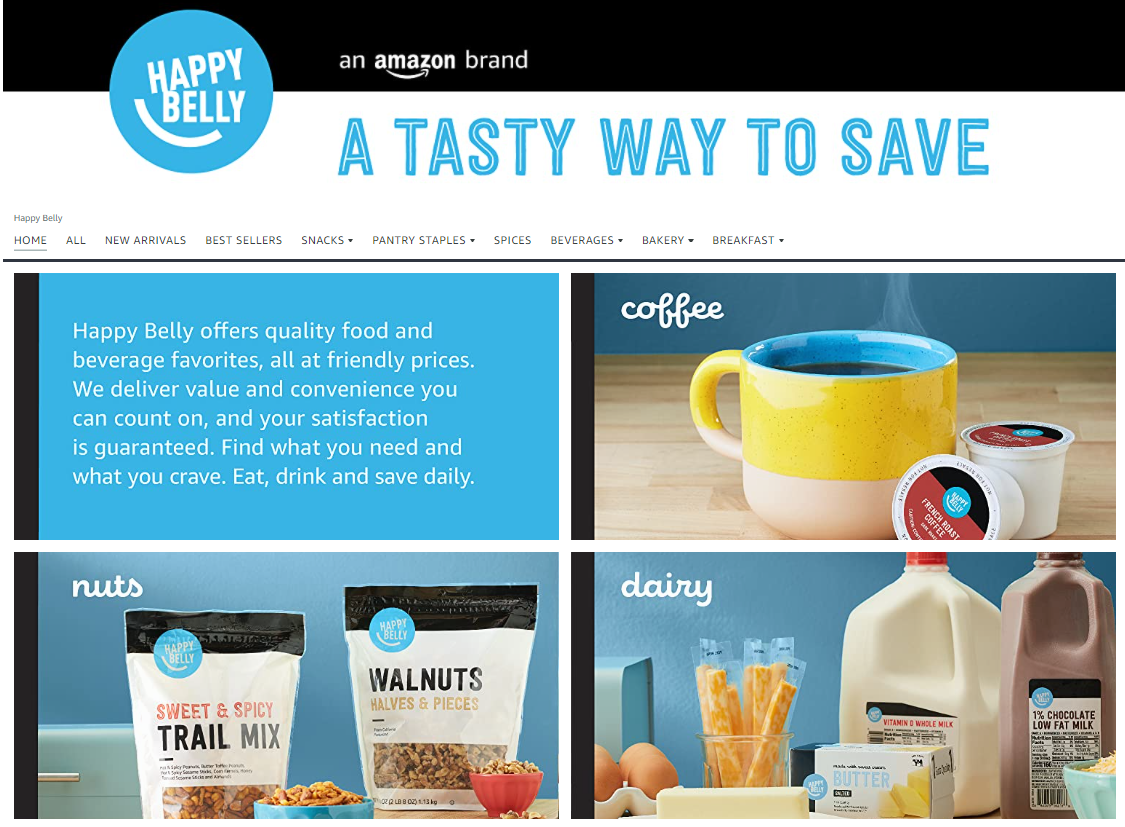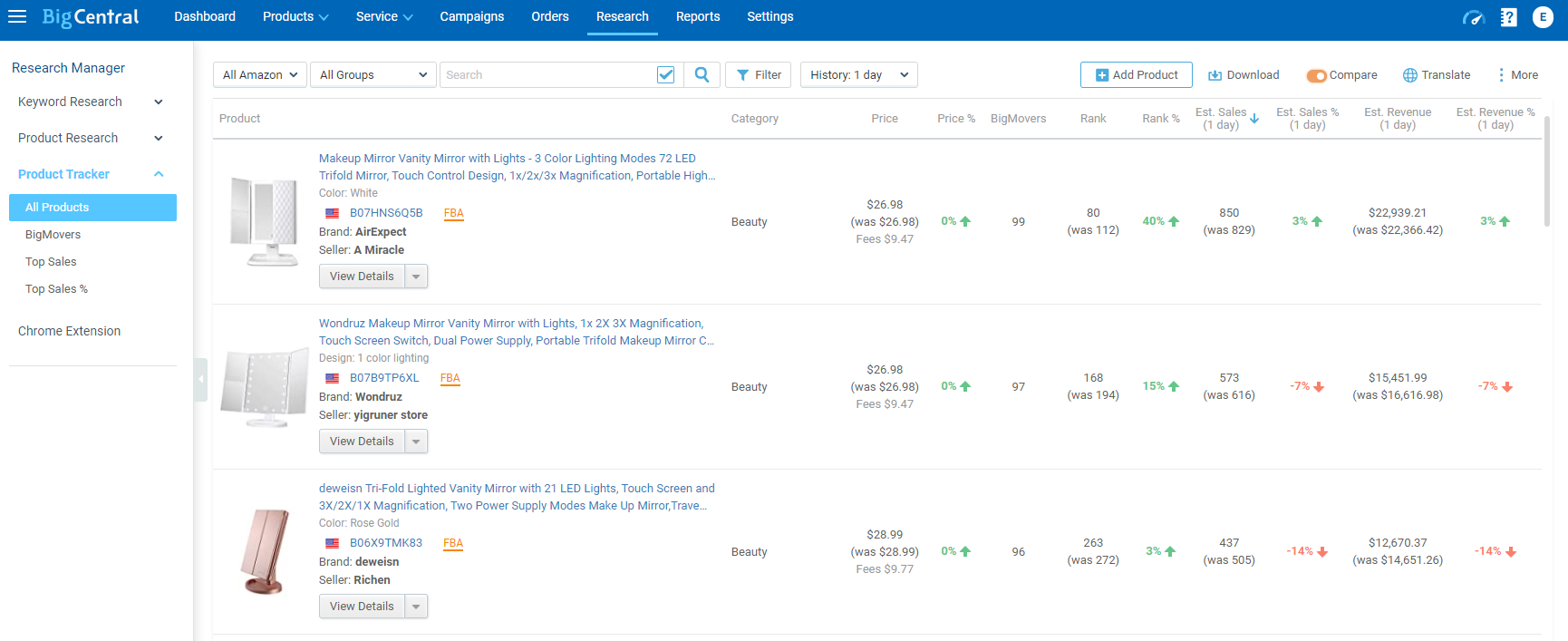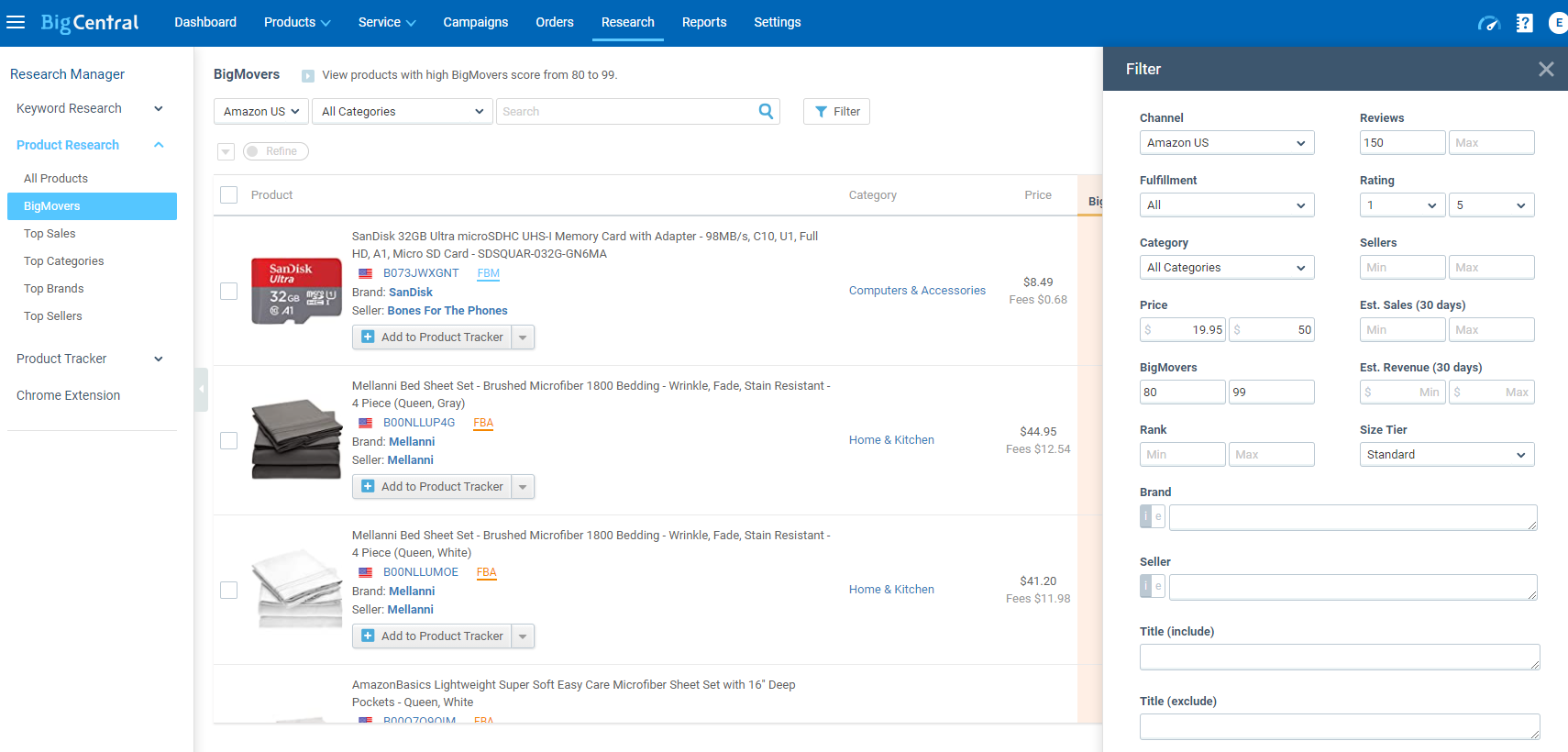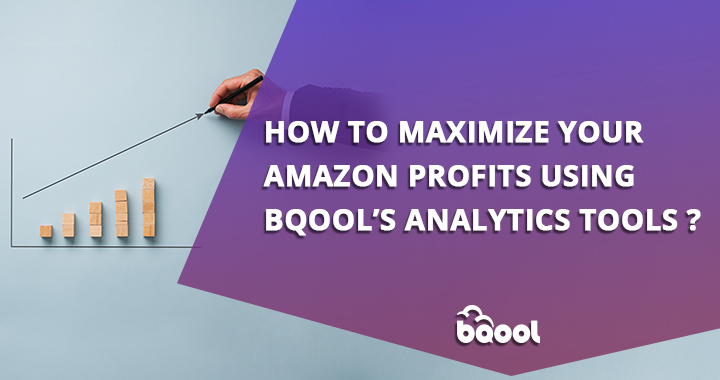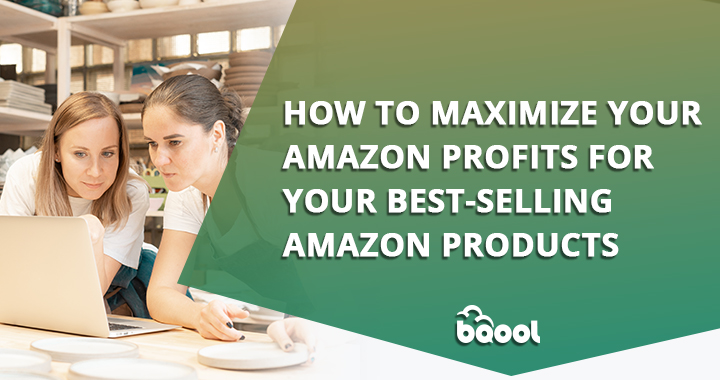9 Steps to Finding Private Label Products to Sell on Amazon
Many Amazon sellers started off in the retail arbitrage business model later switched over to private labeling their products on Amazon for maximizing their profits and eventually creating long-term business success.
If you want to start selling private label products, this article is for you.
What are private label products?
Private label products are those products manufactured by one company but branded and sold by another company. Chances are you’ve seen or even bought private label products, such as Kirkland by Costco, and one of Amazon’s private label brands like Happy Belly. Companies put extra efforts into private labels for boosting profit margins.
Why private label is important?
Private label gives retailers more bargaining power over their suppliers and better margin, and it also benefits consumers that they have another choice with a lower price compared to branded products. The pharmacy brand CVS has proved this point and claimed that their private label brands are not only more profitable for the chain, they are also 20% to 30% less expensive for consumers than national brands.
9 checklists to follow before finding profitable private label products
Good product selection is probably the most important factor for Private Label success. This is why we are going to take a peek at how to find potential products and how to use BigCentral’s Product Research Tool to estimate the market demand to find profitable products on Amazon. Here are 10 things that you need to know and pay attention to as a private label seller.
1. Price range: $19.95-50
$20-$50 is the ideal price range to start with because cheaper products reduce the initial investment risk for new private label sellers. Many products actually sell for a few cents below $20. Let’s remember to start our search at $19.95, so we will not miss them.
2. Year-round product (not seasonal)
Year-round products will give you a consistent cash flow so that you’re not banking all your revenue on the holidays.
3. Weight: standard size tier
As everyone knows, heavier items have higher shipping, packaging, and storage fees. Lighter items will help reduce those costs.
4. FBA
Look for products that are eligible for FBA. By opting for FBA, you can save money on warehouse rent. FBA also provides faster shipping that improves customer experience, which makes scaling your business faster.
5. Skip gated categories & restricted products
Those are categories that sellers are required to obtain approval from Amazon, such as music, software, kindle, beauty, watches, jewelry, and also other restricted product types.
BQool would like to give an honest suggestion for those private label newbies. We advise staying away from the electronics category because there’s a lot of competition, and it would be hard to find a product niche that’s not saturated.
6. Check reviews, Q&A
We recommend products that have 150 reviews and less as these items may still be in the growth stage of its product cycle. You should also read through reviews and Q&A to find out what customers say about a product and gather product improvement ideas.
7. Monthly est. sales: around 300
Top-selling products may be too competitive. We should pick a level of sales volume that is easier for us to enter the market and beat the current competitors.
8. Sourceable
You can easily find reputable suppliers of some products from alibaba.com or in the state.
9. Define market demand
There is a simple way to identify the market demand that is “low competition and high search volume”. You can get a head start by analyzing marketing reports that are available on the web and utilize BigCentral’s Product Research to forecast total market demand.
Action steps by using BigCentral’s Product Research Tool
Based on the above checklists, you should always start searching for products from the categories that you are already familiar with and avoid the categories and products we mentioned. Let’s take “makeup mirror” as an example.
As we can clearly see from the number of Amazon search results for makeup mirrors, there are countless related items saturating the market already. However, we could narrow down the search result by referring to customer Q&A and reviews under the product tracker. Here we include more conditions to omit some results, add these keywords of “LED light”, and “touch screen” and click search again.
Let’s find 3-5 similar products, create a group named “makeup mirror LED” and add products to the product tracker under this group. Start to track these products for 3-4 weeks, monitor product performances by checking est. sales and est. revenue in the deep analytical chart and compare these products’ performance so that you will have a clear picture of the highest potential product. At this stage, you can start to source online to find credible suppliers, quote price, MOQ, and evaluate the product margin.
For beginners, if you don’t have enough product selection experience or haven’t the slightest clue where to begin, you can refer to BigMovers in Product Search, which is a trusted scoring system that gives you some ideas for seeking brand-new products. We recommend investing in products with a score of over 80. You can also narrow down your search based on the criteria on the above checklist.

